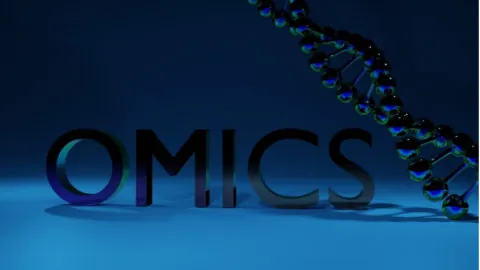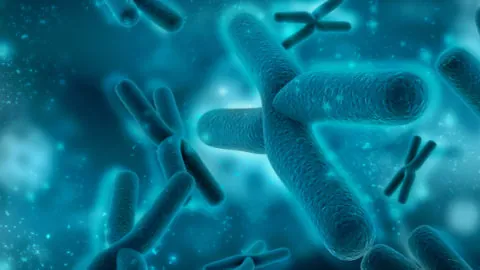October 24, 2023
Assisted by TruDiagnostic, a team of researchers has published a preprint paper in which -omics data has been used to create an epigenetic methylation clock. Why -omics? Epigenetic Clocks - What are they?An epigenetic clock is a biochemical test that uses DNA methylation levels and accumulation of methyl groups on DNA to determine biological age....
March 25, 2022
At Ending Age-Related Diseases 2021, Daniel Ives of Shift Bioscience discussed how genes themselves, rather than methylation, might provide effective clocks and therapeutic targets. Script The title of my talk is Targeting Safe Cellular Rejuvenation. There's a very powerful cellular rejuvenation paradigm that's been touched upon earlier, but it has a neoplastic risk, or cancer...
February 07, 2022
As explained in a paper published in GeroScience, researchers have used spatial transcriptomic analysis to show the inflammatory nodes that are caused by brain cells undergoing senescence. What is spatial transcriptomic analysis? Spatial transcription analysis isn't a full 3D view of an entire brain. Rather, it is based on a series of slides of mouse...
February 02, 2022
A new preprint on bioRxiv shows how researchers have developed transcriptomic, cell type specific aging clocks from the regenerative zones of mouse brains [1]. Measuring age at the level of a single cell Aging is multi-faceted and difficult to quantify. While chronological age is straightforward, it doesn’t necessarily capture the underlying biology, as individuals naturally...
November 03, 2021
The latest research in Aging Cell has brought to light new insights into the biology of aging and associated therapeutic candidates. What is multi-omics? "-omics" refers to branches of molecular biology that attempt to characterize and/or quantify their components in totality, often using recently developed big data technologies. For example, genetics is the study of...
June 08, 2021
In a preprint paper, scientists have announced the completion of the first full, telomere-to-telomere, sequencing of the human genome, more than two decades after the first draft of its sequencing. This was made possible by new sequencing technologies [1]. Mind the gaps The human genome was first reported as being sequenced two decades ago by...






